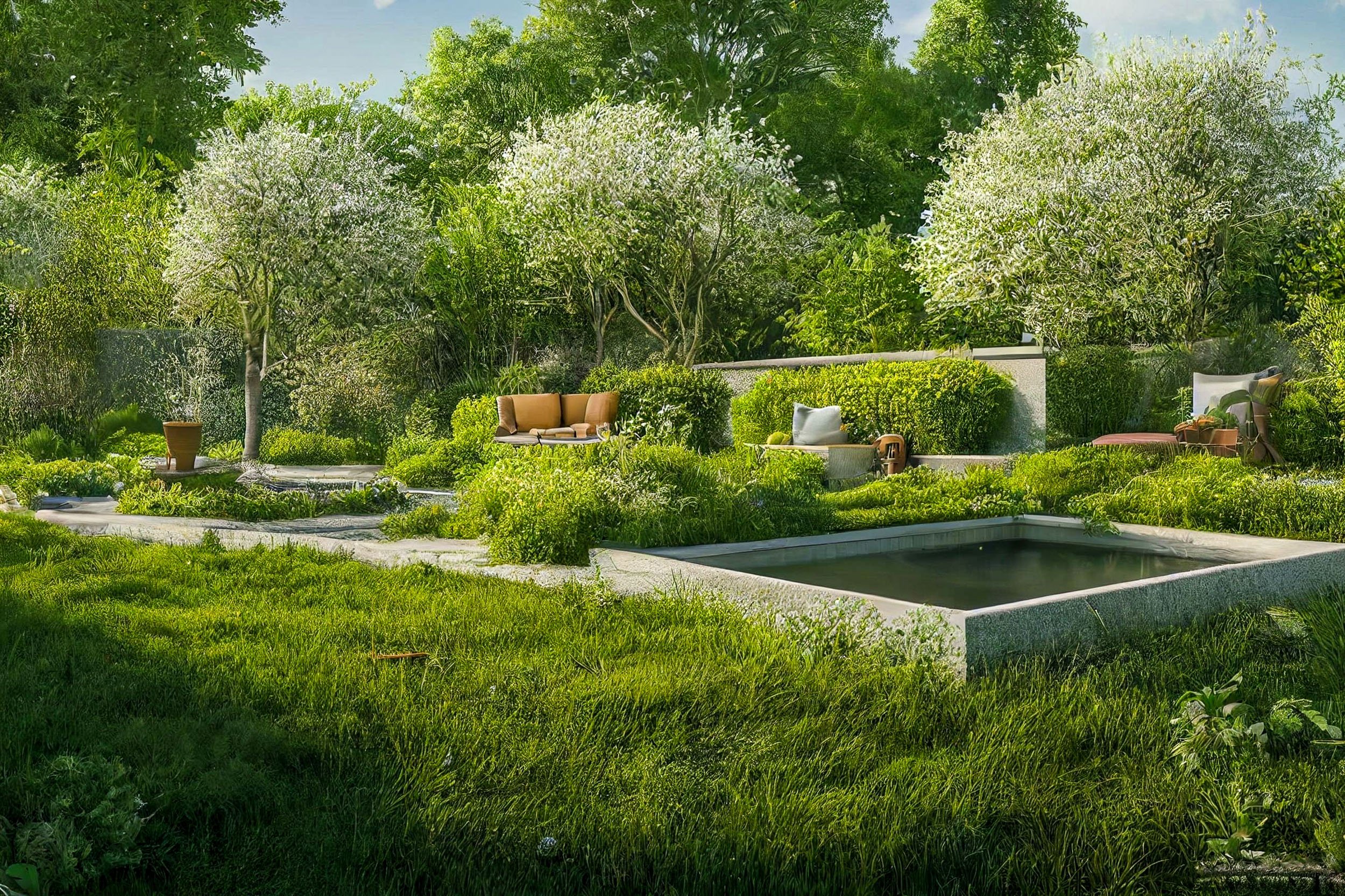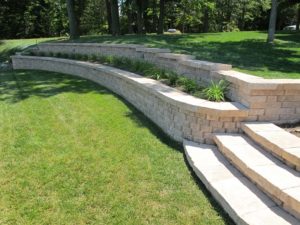The Single Strategy To Use For Hilton Head Landscapes
The Single Strategy To Use For Hilton Head Landscapes
Blog Article
Not known Facts About Hilton Head Landscapes
Table of ContentsSome Known Details About Hilton Head Landscapes The Ultimate Guide To Hilton Head LandscapesWhat Does Hilton Head Landscapes Do?Not known Facts About Hilton Head LandscapesHilton Head Landscapes - TruthsFascination About Hilton Head LandscapesNot known Details About Hilton Head Landscapes Getting My Hilton Head Landscapes To Work
Type compatibility is additionally a major element of unity in designone or more strikingly different types are great for contrast and emphasis, but typically all other forms ought to have some similarities for an unified appearance. Appearance describes exactly how rugged or fine the surface of the plant or hardscape product really feels and/or looks.
Examples of plants with coarse appearance include philodendrons, agaves, bromeliads, hollies, hands, and hydrangeas. Attributes that create great appearance include tiny foliage; slim, strappy leaves (yards) or tall, thin stems; little, dense branches and tiny branches; long stems (creeping plants); and small, delicate flowers.
How Hilton Head Landscapes can Save You Time, Stress, and Money.
Most plants are average appearance, in that they can not be called having either crude or fine structure. They are identified by medium-sized leaves with basic forms and smooth edges. The average-sized branches are not densely spaced neither extensively spaced, and the total type is typically rounded or mounding. Medium-textured plants serve as a history to link and unify the coarse- and fine-textured plants.

To make a space really feel smaller sized, position the crude appearances along the external boundary and the great appearances closest to the audience. The information of the crude appearance makes the plants show up closer and makes the space feel smaller. The perceived appearance of plants can also alter with the range from the plant.
Top Guidelines Of Hilton Head Landscapes
Bold shades raise the comparison and make the texture show up coarser, while muted shades can squash structure. Hardscape with a rugged texturesuch as very harsh rocks and vibrant, large timberstends to make all plant material show up a lot more medium textured. Developers frequently create a texture study (Number 8) on paper to assist decide the setup of plant products.
Shade in plant product and hardscape adds interest and selection to the landscape. Color is the most conspicuous aspect in the landscape and is usually the focus of the majority of property owners; nevertheless, it is also the most short-term element, normally lasting only a couple of weeks a year for individual plants.
The Greatest Guide To Hilton Head Landscapes
A basic summary of the shade wheel consists of the 3 primaries of red, blue, and yellow; the 3 secondary colors (a mix of two primaries) of eco-friendly, orange, and violet; and six tertiary shades (a mix of one adjacent primary and secondary color), such as red-orange. Color theory discusses the relationship of colors per other and how they ought to be utilized in a make-up.

Analogous (often called unified) color schemes are any three to five colors that are nearby on the shade wheel, such as red, red-orange, orange, yellow-orange, and yellow, or blue, blue-violet, and violet (landscaping hilton head sc). The colors are relevant per various other due to the fact that they usually include two key shades blended to develop a second and 2 tertiary shades, which means they share common buildings
They tend to have high comparison in between them. One of the most usual sets are violet and yellow, red and environment-friendly, and blue and orange. Complementary shades are typically found naturally in blossoms; an usual set is yellow and violet. Shade is located in the blossoms, foliage, bark, and fruit of plants.
Hilton Head Landscapes Fundamentals Explained
Eco-friendly vegetation in all its different shades is the leading shade by quantity, however other shades catch attention a lot more easily because of their high contrast to the shade eco-friendly. Shade is additionally found in structures, rocks, pavers, timber, and furnishings. Most colors in all-natural materials, such as rock and wood, are typically soft and tend to be variants of brown, tan, and light yellow.
Colors have homes that can affect emotions, spatial perception, light quality, balance, and focus. Great shades have a tendency to be calming and must be utilized in areas for relaxation and serenity.
Things about Hilton Head Landscapes
The "temperature" of shades can likewise affect the understanding of distance. Great colors tend to decline and are regarded as being farther away, making a space really feel bigger. Warm colors have a tendency to advancement and are viewed as being more detailed, making a space feel smaller sized. Color can likewise be used to record attention and direct sights.
Intense yellow, which has the highest possible intensity, also has a high comparison with all other shades (frequently defined as a "pop" of color) and need to be made use of moderately. A percentage of extreme color has as much visual weight as a huge quantity of a much more restrained or weaker color.
Similar (in some cases called harmonious) color pattern are any type of 3 to 5 colors that are adjacent on the color wheel, such as red, red-orange, orange, yellow-orange, and yellow, or blue, blue-violet, and violet. The colors belong to each other due to the fact that they normally include two primaries blended to form a secondary and two tertiary shades, which means they share common properties.
The Of Hilton Head Landscapes
They have a tendency to have high contrast between them. The most common collections are violet and yellow, red and green, and blue and orange. Complementary shades are often located normally in flowers; an usual pair is yellow and have a peek at this site violet. Shade is found in the flowers, vegetation, bark, and fruit of plants.
Environment-friendly vegetation in all its different shades is the leading shade by amount, however various other colors record interest more conveniently due to the fact that of their high comparison to the shade eco-friendly - Landscapers near me - https://yoomark.com/content/family-owned-and-operated-hilton-head-landscapes-has-been-serving-beaufort-county-over. Shade is likewise located in buildings, rocks, pavers, wood, and furnishings. Many shades in all-natural products, such as stone and timber, are typically muted and have a tendency to be variants of brown, tan, and light yellow
Excitement About Hilton Head Landscapes
Shades have residential or commercial properties that can influence emotions, spatial perception, light high quality, balance, and emphasis. Awesome shades tend to be relaxing and ought to be made use of in locations for leisure and calmness.
Great shades often tend to recede and are perceived as being farther away, making a space really feel bigger. Color can likewise be utilized to capture attention and straight sights - https://www.metal-archives.com/users/h1tnhdlndscps.
As an example, brilliant yellow, which has the highest strength, likewise has a high comparison with all various other shades (usually called a "pop" of shade) and ought to be conserved. A percentage of intense shade has as much visual weight as a huge quantity of an extra controlled or weak shade.
Report this page